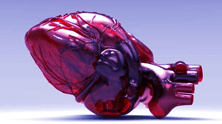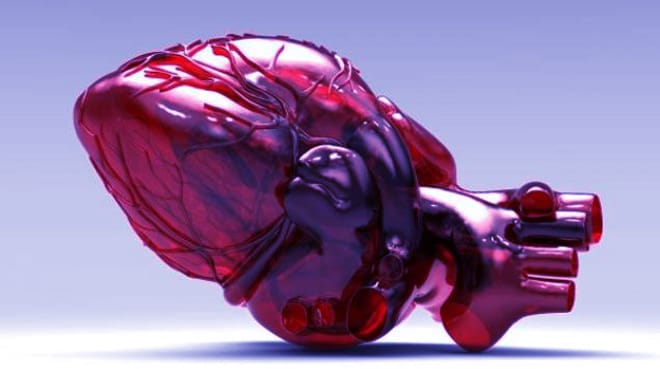Scientists Create a Beating Human Heart Using Skin Sample

The number of patients suffering from heart disorders is increasing everyday and the demand for donor hearts far exceeds the supply. Scientists at the University of Pittsburgh School of Medicine seem to have come up with a potential solution for this problem by creating a beating heart tissue using cells from human skin sample. The research team uses induced Pluripotent Stem Cells (iPSC) derived by reverse engineering fibroblasts from human skin sample. These iPSCs are treated with special growth factors to create Multipotential Cardiovascular Progenitor (MCP) cells which are then used to repopulate a scaffold of a mouse heart.
These MCPs can differentiate into cardiomyocytes, endothelial cells and smooth muscle cells used by the heart. The mouse heart scaffold, apart from providing support sends out signals to guide MCPs become specialized cells needed for proper heart function.
Scientists were able to successfully rebuild the mouse heart with human cells within a few weeks. The regenerated heart also gained the ability to contract at a rate of 40 to 50 beats per minute, albeit weaker than an actual human heart. This has opened a whole new avenue for further research concentrating on achieving stronger contractions enough to pump blood throughout the body, developing models to test drugs and developing tailor made heart tissue patches or a complete heart for repair or transplantation in patients by using their own skin cells.

Further information on this research is available on Nature Communications.
Source: UPMC , Image: National Geographic

